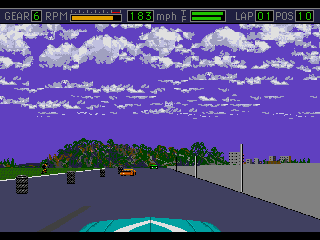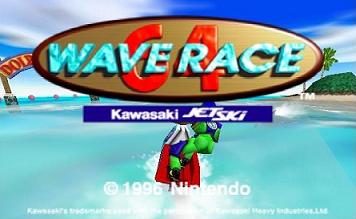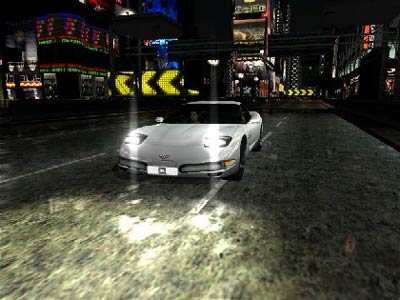This post has not been edited by the GamesBeat staff. Opinions by GamesBeat community writers do not necessarily reflect those of the staff.
Growing up with a Sega Genesis, I was amazed at the graphical prowess it showcased. My first video game experience was from playing Combat on the Atari 2600, and obviously the Genesis was a considerable upgrade. I most vividly remember drooling over the then-realistic graphics of Mario Andretti Racing. From the pixelated grass being thrown from your tires when you accidentally went off track, to the video that was played when you made a pit stop, I truly believed that video game graphics had reached their pinnacle of realism.

So…real…
Then I discovered the Nintendo 64.
The opening video of Wave Race 64 completely blew me away. Realistic water physics, three-dimensional characters, and a totally immersive atmosphere that made me feel like I was actually there (thanks largely in part to the sound effects). Was I watching a live-action film, or playing a video game?

Look at that water!
Fast-forward to 2001, or more specifically, the Xbox launch.
The twelve-year-old me was now utterly convinced that graphics could not get any better than this. Project Gotham Racing? It was a real car on the screen, no doubt. The graphics were no longer “graphics,” they were real life. (As a side note, in true twelve-year-old fashion, I made a lame school project that essentially proclaimed the Xbox as the best video game console ever, only on the basis of its graphics. Needless to say, this sparked some controversy among the Playstation 2 and Gamecube fans in the school).

That is a picture of a real car, it has to be!
2005. The Year of the Xbox 360. By now you probably expect what I’m going to say, that I thought the graphics were amazing, the best system ever, etc, etc. But you would be wrong.
I was unimpressed.
Maybe it was because I was older, and expected more from a game than just “good” graphics. Perhaps it was just too soon to release the next generation of consoles. To me, and many other critics, the graphics seemed comparable to the original Xbox, with a few minor enhancements. Unlike the original Xbox, the 360 wasn’t a Day-One purchase for me, it was more along the lines of a Year Two purchase. Because I just wasn’t ready to invest heavily into something that was similar to what I already had.
But this is all old news. Today, five years after its debut, this “next-generation” of consoles now has formed an identity. Graphics are no longer the main selling point of a game, look at the Wii, for example, with its Gamecube-like graphics. Instead, there is now a focus on gameplay, and narrative. Not to say that wasn’t the case in the previous generations, far from it. But, now that developers realize that gamers don’t necessarily focus so much on graphics, at least in my case, they are able to devote more time into other aspects, such as the ones I previously mentioned.
For example: The first Bioshock. Don’t get me wrong, I am still considerably impressed by the graphics, but that’s not what I remember most about the game. In truth, I hardly ever noticed them in some instances while playing, primarily due to it’s excellent narrative. I cared more about the plight of the characters, and the history of Rapture, rather than how good they looked.
Graphics are an integral part of a video games, make no mistake. But to me, they are no longer the most important aspect. I would rather play a game with a great story and gameplay, but featuring horrendous graphics, than one with opposite characteristics.
